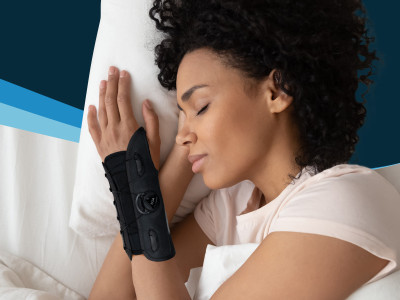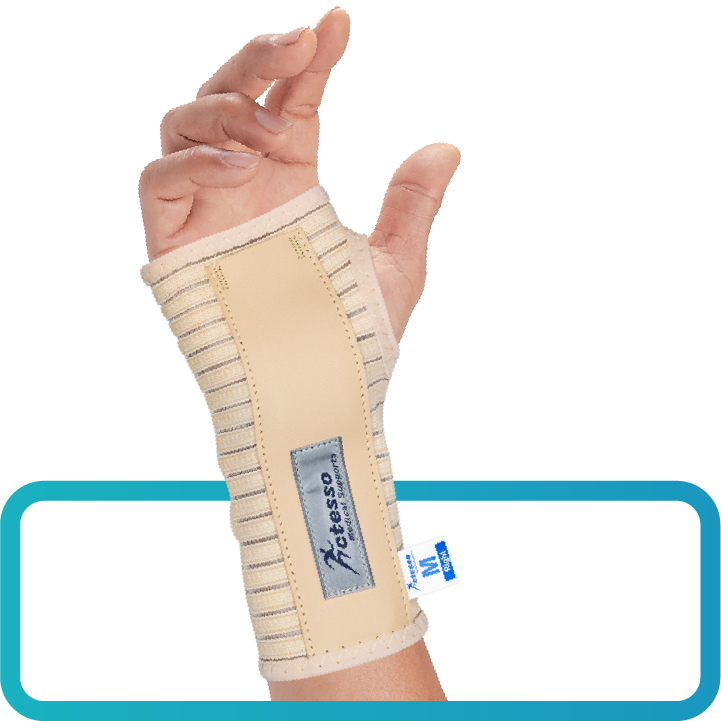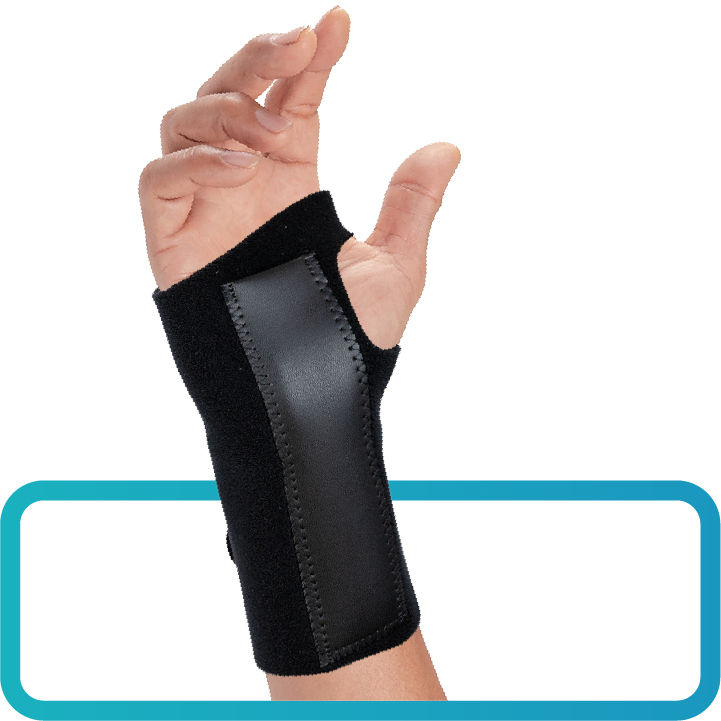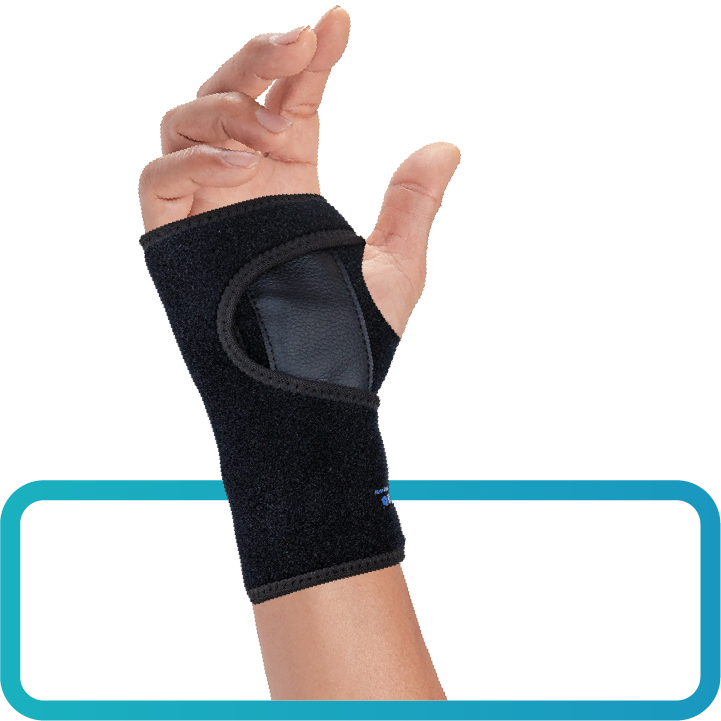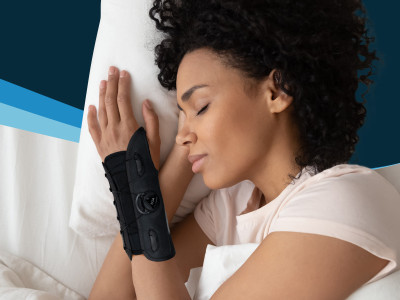Posted by Joe O'Mahony on 11th Apr 2024
Disclaimer: We are not qualified medical professionals. All information stated from this article has been taken from reputable sources.
- Introduction
- Wrist Splints VS Wrist Straps
- Benefits of Wearing a Wrist Splint at Night
- Recommended Wrist Splints
- Precautions You Should Take
- Other Solutions to Overnight Pain
- Conclusion
Introduction
Wrist supports are worn to reduce the symptoms of conditions such as Carpal Tunnel Syndrome, De Quervain's Tenosynovitis, and Arthritis, which are frequently associated with pain at night - therefore it makes sense to wear a wrist support during sleep. Wrist supports come in the form of wrist splints and wrist straps – but which one is best for your condition and symptoms? And which should you wear overnight?
Wrist Splints VS Wrist Straps
Wrist Splints
Wrist splints contain a thin metal palmar bar that runs along the inside of the wrist, holding it in the optimal ‘neutral position’. The neutral position puts the least amount of strain on the median nerve (this is the nerve that gets compressed in the carpal tunnel, causing the pain and discomfort of carpal tunnel syndrome). A wrist splint intends to immobilise the wrist and prevent overuse of tired joints or tendons, allowing injured areas to recover.
Wrist splints are suitable for people with conditions such as carpal tunnel syndrome, repetitive strain injury, or arthritis, where the wrist needs to be held in a still position for pain relief.
Wrist Straps
In contrast to wrist splints, wrist straps do not contain a metal splint but instead offer support through compression. Most have at least one elastic strap around the wrist which allows for the user to control the level of compression being applied to their wrist. Wrist straps do not immobilise the wrist as much as wrist splints, but are designed to allow for some movement in the wrist joint. This makes them suitable for providing additional support post-recovery, and for people looking for support during sports or exercise. We would advise that you shouldn’t wear wrist straps overnight, due to the lack of a metal bar for stability. The amount of compression a wrist strap provides makes up for the lack of a metal bar in sports and active settings.
Wrist straps can be worn for wrist sprains or strains, or as additional support to the wrist during activities.
Benefits of Wearing a Wrist Splint at Night
Prevents Overuse of Wrist
By immobilising the wrist in the neutral position, wrist splints prevent the joint from moving and twisting in your sleep (also reducing the amount of use of tendons in the wrist). This reduces the severity of symptoms in your sleep, and gives your body an opportunity to begin healing from your condition.
Promotes Circulation
Wrist splints offer gentle compression around the wrist joint with a soft neoprene material (such as the Actesso Advanced Wrist Splint) or a breathable elastic mesh (like the Actesso Breathable Wrist Splint). This compressive material also provides warmth to the affected area. The combination of warmth and compression works similarly to heat packs and hot therapy – improving blood flow to affected areas to relieve pain and allow damaged tendons and tissue to heal.
Recommended Wrist Splints
Breathable Wrist Splint Support
For warm summer nights where you want your wrist to stay cool and ventilated, we recommend the Actesso Breathable Wrist Splint. Made from an elastic breathable material that allows for effective temperature regulation, keeping your wrist cool throughout the night. With four adjustable hook and loop straps so you can control the level of compression being applied to your wrist.
Advanced Wrist Splint Support
Built out of ultra-soft anti-bacterial neoprene, the Actesso Advanced Wrist Splint provides pain relief from a variety of conditions including carpal tunnel syndrome, wrist sprains and fractures, and wrist tendonitis. The design allows for moisture to wick away from the skin, meaning you can wear this splint throughout the night. We recommend the Advanced Wrist Splint for preventing those restless nights throughout the colder months. Designed in the UK with a ‘double stitch’ technique for ensured longevity.
Actesso Easy Fit Splint Support
A convenient and easy-to-use product. With one strap around the wrist and a second above the thumb, the Easy Fit is designed to be fully adjustable, fitting anyone with a wrist circumference of 14 to 21cm. The soft neoprene provides compression and warmth similar to the Advanced Wrist Support.
Precautions You Should Take
Remove the Support After 60 Minutes
This should be done the first time you wear the support during the day to ensure you are not allergic to any latex or neoprene in the support.
Ensure Your Skin Isn’t Still Inflamed
Wearing a wrist support when the wrist is feeling hot or inflamed can cause symptoms to worsen. Inflammation should first be treated with a cool pack before putting on a wrist support.
Don't Wear the Support for too Long
You can wear the wrist splint overnight, but we suggest 8 hours as the limit. Throughout the day, you should remove the wrist support every now and again and do gentle movements and wrist exercises to ensure an effective recovery from your condition.
Other Solutions to Overnight Pain
Avoid Overuse
A large amount of wrist conditions are caused by the overuse of the wrist joint or surrounding muscles and tendons. Keeping exercise and the use of your wrist to a minimum can help to reduce the severity of symptoms felt at night and also encourages the recovery process to begin sooner.
Gentle Exercises
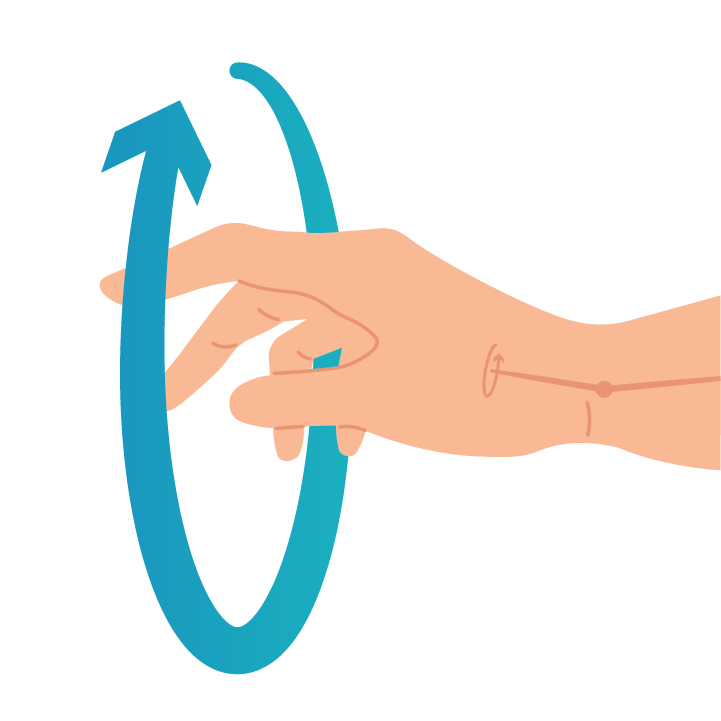
Drawing Circles - with your forearm and wrist extended out flat in front of you, move your wrist in a clockwise circular motion (like you’re drawing circles with your knuckles) for 30 seconds. Repeat in an anti-clockwise motion. This exercise can be done throughout the day and is great to do after using your wrist for strenuous tasks such as typing.
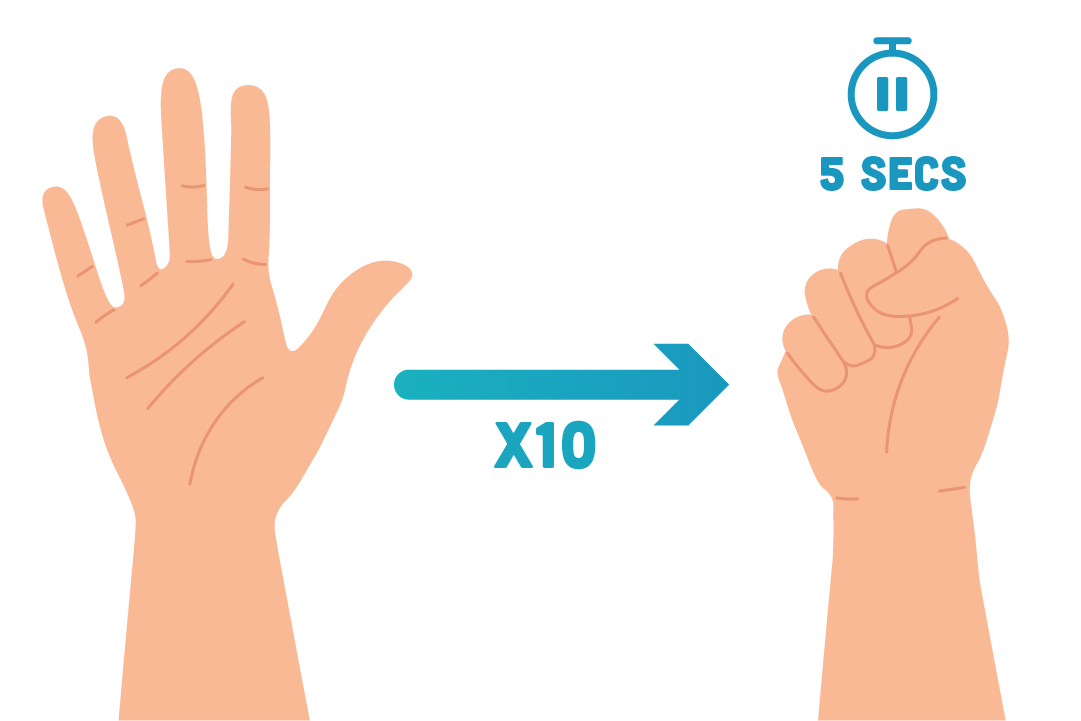
Fist Clenches - Create a fist with your affected wrist and clench for 5 seconds. Slowly release, and stretch your fingers out as much as you comfortably can, then repeat this action 9 more times. This exercise can be done gently at night if you begin to feel some pain.
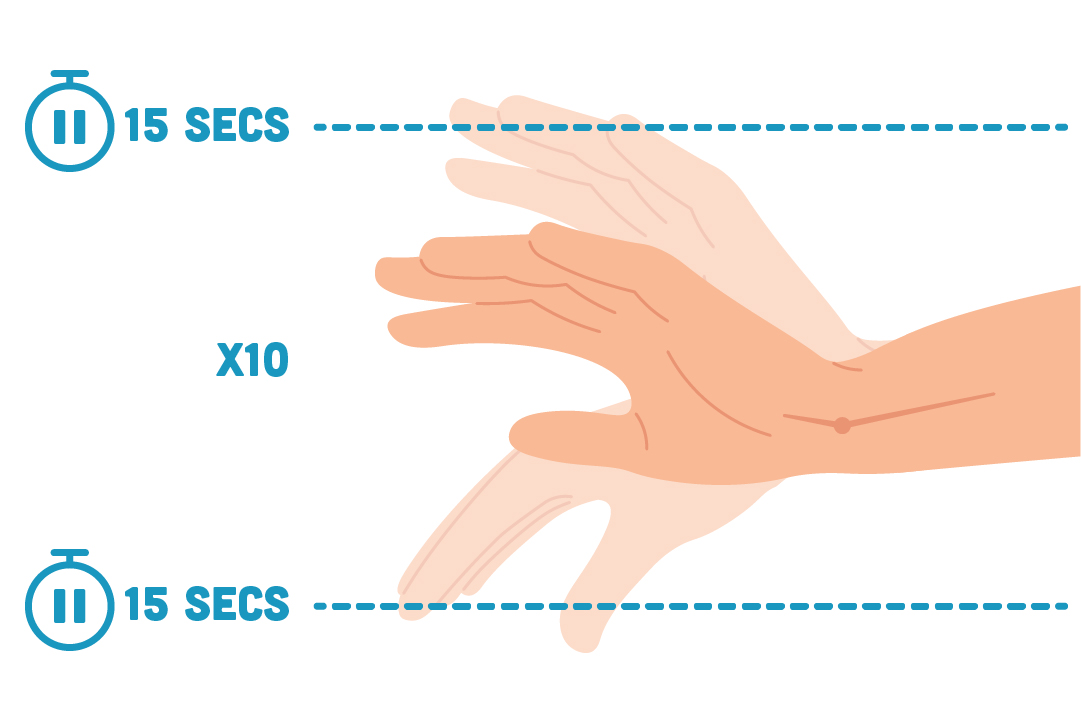
Wrist Flexes and Extensions - Extend your arm and wrist out flat in front of you, parallel to the ground. With the palm of your hand facing the ground, bend your wrist up like you’re pointing your fingers to the ceiling. You can use your other hand to gently pull your fingers upwards. After holding for 15 seconds, relax your muscles and return to the resting position. Then bend your wrist downwards like you’re pointing to your feet with your fingers. You can use your other hand again to gently pull your fingers towards your body. Hold this for 15 seconds, relax and repeat 5 times for the up movement and 5 times for the down movement. This exercise should only be done to the intensity that you feel comfortable with – muscles may feel like they’re being worked but do not push past pain.
Keep the Wrist Warm
Cold conditions can make symptoms such as aches and pain feel more severe, as joints stiffen and tendons work less effectively. Keeping your hands and fingers warm (with a wrist support/compression gloves/holding warm drinks) will encourage circulation to the joints and provide pain relief and comfort.
Ergonomic Workstation
Wrist pain can be caused by sitting at a computer desk for multiple hours at a time. However, you can set up your workstation to be healthier and more ergonomic – for your entire body. We have an entire blog about improving your posture here, but here are some tips for setting up your desk correctly to prevent wrist pain:
Neutral Wrist Position - Your wrists should not have to be bent upwards or downwards for you to use a computer keyboard and mouse. Keyboards usually have legs underneath them to prop the keyboard up for you, and mouse pads are available for you to rest your wrist on.
Reduce Repetitive Tasks - Constant repetition of a task can cause RSI – also known as Repetitive Strain Injury. You should try to switch up tasks to ensure you don’t overwork a certain joint or muscle. You should also learn keyboard shortcuts where possible to prevent too much movement in the mouse.
Keyboard & Mouse Positioning - These should be close enough that you can continue to obey the other posture rules (forearm parallel to your foot, thigh, and floor, 90-degree angle at the elbow joint, etc).
Regular Breaks - We recommend taking a one-minute break from the computer at least every 20 minutes. This gives you a break from the repetitive motions and allows you to try those wrist exercises we mentioned earlier.
Conclusion
In conclusion to this blog, we recommend that you should wear a wrist splint overnight if you are experiencing pain or discomfort that keeps you from sleeping. Although it may be uncomfortable to wear at first, it should help to relieve pain and provide you with a better night’s sleep.
We advise against wearing sports straps and bands overnight, as these do not provide the same level of immobilisation and stability as wrist splints do to help relieve carpal tunnel pains and aching/discomfort.
